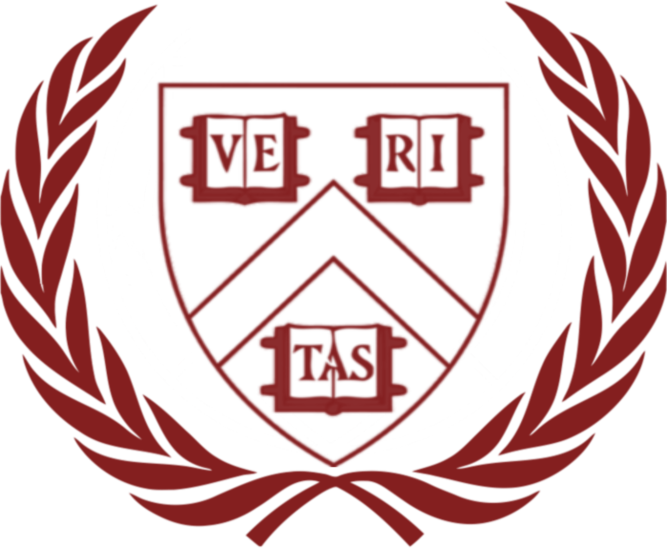Blog Post: Nuclear Deterrence in the Russo-Ukrainian War
At the time this blog post is being written, Russia’s invasion of Ukraine is well into its ninth month and the conflict has no end in sight. Neither side appears in reach of a military victory: a stalemate has resulted after months of Russian advances followed by Ukrainian liberation efforts. In the meantime, the humanitarian crisis has continued to worsen. All the while, questions concerning the North Atlantic Treaty Organization’s role in the war and Russia’s nuclear capabilities have loomed overhead.
Fears of a NATO-Russian conflict spiked last month amid reports that Russian-made missiles had been fired into NATO member country Poland, raising the possibility of an invocation of Article 5 of the alliance’s charter. However, later investigations quelled these tensions when it was discovered that the explosion had likely been caused by an off-course Ukrainian air defense missile. Still, the possibility of an increased NATO presence in the war remains high: NATO member nations have sought to avoid direct confrontation with Russia, yet Secretary General Jens Stoltenberg has reiterated the importance of supporting Ukraine, demarcating the engagement of NATO in a full-scale war as a “real possibility.”
There have been signs that Russia’s nuclear capacities have been increasing, including recent remarks by the U.S. Secretary of Defense Lloyd J. Austin III that Russia is “expanding its nuclear arsenal.” Russian President Vladmir Putin has asserted that “the threat of nuclear war is growing,” though hinted that any nuclear strikes would only come in retaliation to NATO actions. Each side has blamed the other for escalating the threat of nuclear conflict while simultaneously recognizing the disastrous fallout that would result from such conflict.
Deterrence seems to be the continuing global dominant strategy, but its viability as the war drags on remains in contention.
As you prepare to participate in HNMUN’s NATO committee, it is important to consider the evolving nature of the Russo-Ukrainian war. Questions you may examine as you work to draft policy recommendations include to what extent NATO should become involved? How will Russia perceive continued or increased support of Ukraine by Western nations? What role will third parties, such as the People’s Republic of China, play in the debates over nuclear proliferation? What is the best course to avoid nuclear fallout?
